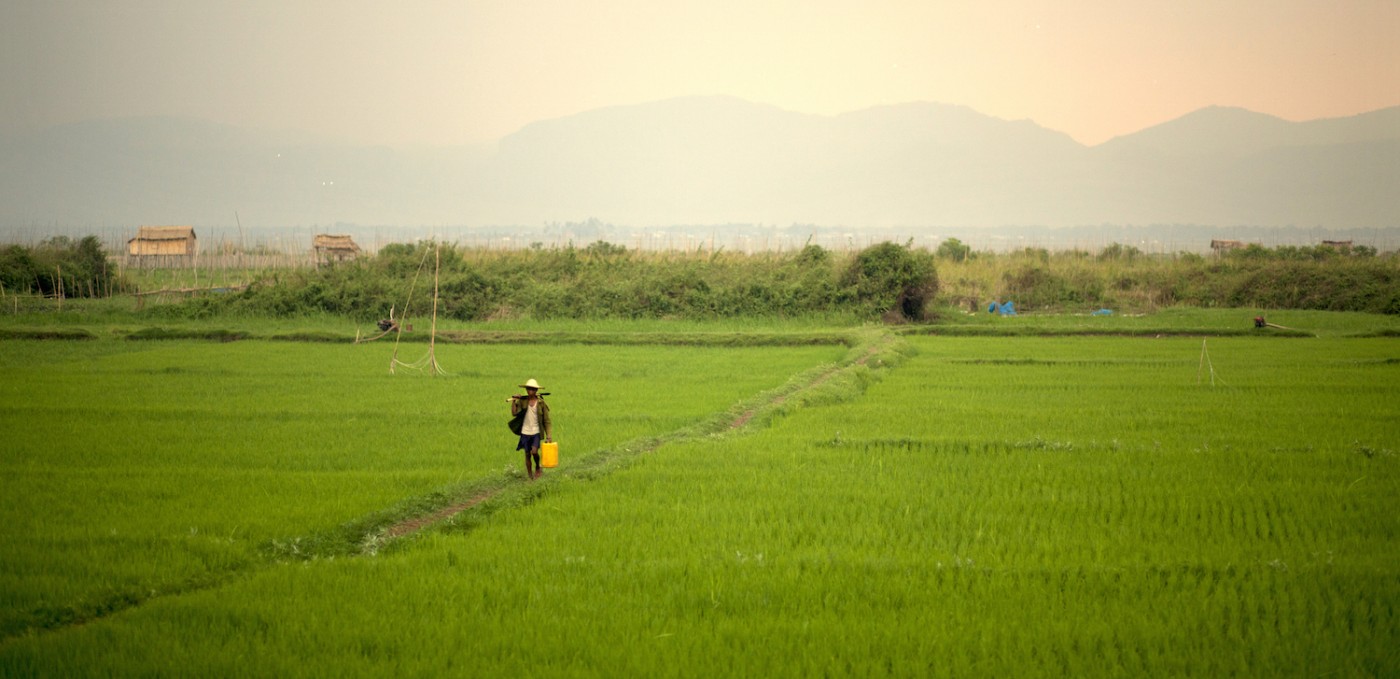Post
Myanmar faces fresh hurdle in land rights and justice
Download Namati’s report Returns of Grabbed Land in Myanmar: Progress After Two Years (in English or Burmese)
UMyint Tun was working in his field in Sagaing when four officers pulled up in a military jeep with the bad news: his land now belonged to the government. He could no longer farm it. This was April 1996. Nearly two decades later, he still has not had his land returned or been paid a cent for it.
U Myint is not alone. Many of his neighbours also have had their land taken by the local police and a Thai-Myanmar corporation to grow sugarcane. If caught growing other crops besides sugar, they can be fined or arrested.
The recent landslide election win by Aung San Suu Kyi’s National League for Democracy (NLD), which grabbed 80% of the parliamentary seats, marks an important milestone in Myanmar’s history. But it also means that, due to the 2008 Constitution guaranteeing the military 25% of seats in parliament and several key ministries, this will be the first time that the military and the NLD leadership — many of whom were imprisoned and tortured under the military’s rule — will need to find a way to govern together. This means remedying past wrongs and guiding this resource-rich country on a path toward smarter and fairer economic development.
There is no more urgent or tricky a topic than the governance of property in Myanmar, where 70% of the population still works the land. One of the most pervasive legacies of the military’s half-century rule is the dispossession of thousands of farming families. Tens of thousands of hectares of land were taken without due process or explanation by the government, military, its commercial agents, or wellconnected people. Many of the effects of this are only just now being felt as the new “owners” take advantage of a liberalising country to benefit from real estate and tourism opportunities.
In just under two years, parliament’s Farmland Investigation Commission, the government body tasked with scrutinising land grab cases, has received over 30,000 cases. Of these, only two-thirds have been heard, and fewer than 1,000 — a mere 4% — have been found justified to receive compensation.
Case work conducted by Namati, an international NGO that assists communities with land rights issues here, suggests that farmers are lucky when they get 60% of their land back. When they receive financial compensation, it’s at a rate of about US$4,000 (140,000 baht) per acre — this is nothing in a country where a boom in investment is pushing some land prices north of $200,000 per acre.
For the majority of farmers like U Myint Tun, however, even though they have documents such as tax receipts or loans from government agriculture banks showing they used to farm this land, their cases slog through a byzantine process of bureaucracy. In some instances the cases go nowhere even after two years. For most of these farmers, the land that has been taken was their only land. As the community awaits the government’s decision on their case, they continue to sell off their few possessions to support their families.
Some have fallen into depression and can no longer work. With no income, many villagers cannot afford to send their children to school.
“The president and parliament say land should be returned,” says U Myint Tun. “But when will that actually happen for us?”
Land is also a big deal for the flood of companies and investors from Thailand, China, Singapore, and further afield that have piled into Myanmar since the country’s political and economic liberalisation in 2011. And with the country pulling off a free and fair election, investors are more ready than ever to pounce. An equitable resolution of Myanmar’s land grabs won’t just provide its victims with justice. It will also provide international investors with confidence that their ventures into agriculture and tourism in Myanmar aren’t built on theft and destined to be challenged in the courts one day.
When Myanmar’s new parliament meets in January, it can build on the progress of the last government by publishing detailed information on returned land; empowering newly elected local government to resolve land disputes; and, by ensuring that compensation is truly aligned with best international practice.
The United States and European Union, among others, have the opportunity to help ensure that both the Myanmar government and external stakeholders take land law reform seriously. Land rights should be included in reporting requirements for responsible investment in Myanmar and when reviewing individual sanctions lists.
For the outside world, Myanmar appears to be hurtling toward a brighter future. But for farmers, like U Myint Tun, things still seem chillingly like the Myanmar of old.
This OpEd originally appeared in the Bangkok Post.
Caitlin Pierce is the country programme officer in Myanmar for Namati.

